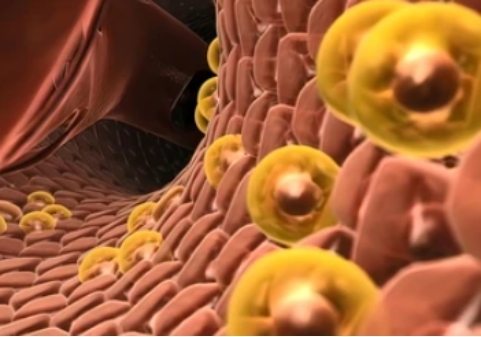The liver is the primary organ responsible for metabolizing drugs and toxins in the body. This process, collectively known as xenobiotic metabolism, makes the liver highly susceptible to damage and potential failure. There are several clinical markers of hepatocellular injuries, such as aspartate aminotransferase (AST), alanine aminotransferase (ALT), and other enzymes that appear one to several days after exposure to toxicants. It is important to identify the metabolic pathways that contribute to the observed changes under physiological and pathophysiological perturbations. In addition, primary hepatocytes isolated from the liver are useful tools for assessing metabolism, drug interactions, hepatotoxicity and transporter activity in vitro. Hepatic cell metabolism can be investigated using metabolic flux analysis (MFA), which provides a comprehensive overview of the intracellular distribution of metabolic fluxes.

Service offering
The liver plays an important role in maintaining metabolic homeostasis, and hepatic metabolism is closely associated with the pathology of many diseases, such as diabetes and obesity. Quantitative estimation of gluconeogenic flux and TCA cycle is necessary as they represent the major biosynthetic and energetic pathways disturbed by these diseases.
Based on strong technical capabilities and expertise, Creative Proteomics offers MFA analysis services for hepatocytes. We offer nuclear magnetic resonance (NMR) to study hepatic fluxes, which can accurately distinguish between 2H and 13C metabolic tracers and provide site-specific enrichment. In addition to NMR, we also offer gas chromatography-mass spectrometry (GC-MS) measurement tools and mathematical construction services for metabolic flux models.
We have various methods for metabolic flux analysis, including but not limited to:
- 13C metabolic flux analysis (13C-MFA)
- 13C dynamic metabolic flux analysis (13C-DMFA)
- Stoichiometric metabolic flux analysis
- Isotopic non-stationary 13C metabolic flux analysis (13C-NMFA or INST-MFA)
We accept a wide range of biological materials including, but not limited to, primary hepatocytes and tissue biopsies. Our service can help researchers and professionals not only to characterize intermediary metabolism in hepatocytes, but also to improve hepatocyte-based biotechnology and contribute to compound or drug screening.
Applications of our service
- Biotechnological development based on liver cells, such as the development of bioartificial liver devices
- Investigation of the toxicity mechanisms of contaminants on hepatic cells
- Prediction of toxic effects of compounds or new drugs on hepatic cells
- Facilitate the characterization of drug metabolism in hepatocytes

Why choose us?
- Highly complementary detection platforms, including NMR, GC-MS, and LC-MS
- Large-scale analysis of the metabolic activity in cells or tissues
- Our experts have extensive experience in metabolomics, bioinformatics, and statistics
- Systems biology-based approaches
- One-stop customized solution
Creative Proteomics is committed to providing our unique MFA analysis services for cultured cells, as well as, in the in vivo setting. Simply let us know about your research needs. We will provide propose the best strategy based on your research goals. Contact us now! Our professional metabolic flux analysis service experts will respond to your inquiry quickly.